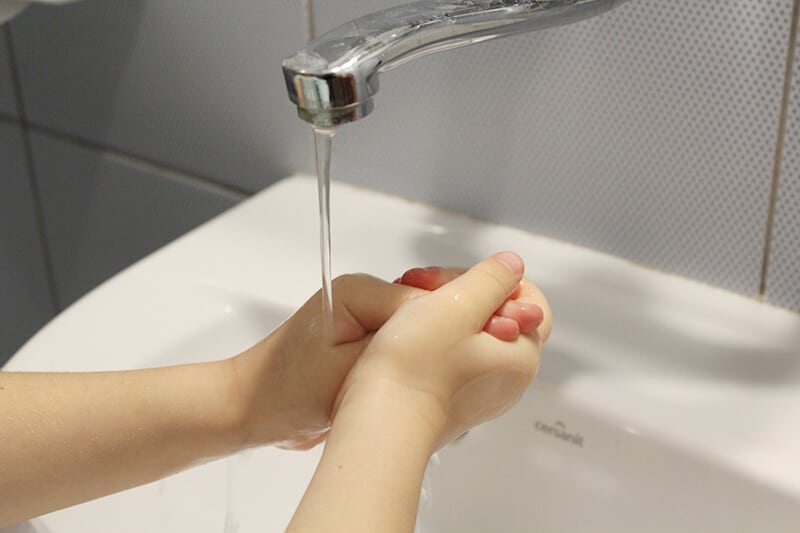Solace Blog
- Activities19
- Autism & Behavioral4
- Community154
- Early Intervention71
- Events & Giving Back20
- Extraordinary Kids22
- Family Caregiver4
- Home Care Therapy60
- News94
- Parent Articles83
- Patient Testimonial21
- Pediatric Therapy77
- Pediatric Therapy Career46
- Private Duty Nursing1
- School-Based Services1
- Telehealth Therapy27
- Tips & Advice66
Summer Reading List: Books to Inspire Therapist Growth
Cooling Off with Aquatic Therapy: Benefits and Best Practices
Sensory Activities For Kids

From School To Home: Christian’s Shift To Impactful Therapy
Speak, Listen, Connect: 6 Communication Strategies for Therapists

When to Potty Train and 4 Signs It’s Time to Ditch the Diapers
Do you ever wish parenting came with a manual? I do. When my kids were younger, I stressed and stressed about not only how to potty train my kiddos, but also when to do it. There was always so much information floating around and it all felt very overwhelming and confusing in terms of understanding when to teach my babies how to use the toilet. Thankfully, I figured it out, but not without a few stumbles along the way!
When to Potty Train: 2-3 Years is the Typical Range
Typically, most kids potty train between the ages of 2-3 years old (here are some other milestones you can keep an eye out for). Often times, girls are a little younger when they potty train, and boys a little older; one thing is for certain, though: while you can start looking for the signs when your little one is in this age range, some kids are going to be ready at an earlier age and others when they are older. Kids will let you know when they are physically and emotionally ready to go without diapers; you just have to watch their signs!
Signs it’s Time to Start Potty Training
Keep your eyes out for the signals your child is displaying that they are ready to start potty training. They can be subtle, so watch carefully for these signs!
1. Discomfort with a Dirty Diaper
If your little one is in diapers and experiences discomfort when they’ve used their diaper, start thinking about suggesting the toilet. Even if they can’t articulate their discomfort, watch for your baby to walk wide-legged or tug at their diaper when it’s been used. Along the same lines, if your kiddo is able to communicate, listen for them to tell you when their diaper needs to needs to be changed. Chances are, if the child can start indicating their discomfort/dislike of a dirty diaper, they’re ready to start potty training.
2. Trying to Take off the Diaper
If your child tries to take off his or her diaper, this is a great indication they have the ability to pull their pants on and off and can likely successfully begin to toilet train. Additionally, if your kiddo is staying dry for prolonged periods of time (2+ hours), cease the moment and feel confident that their bladder muscles are mature enough to forgo a diaper.
3. Ability to Sit on the Toilet
If you try to sit your child on the toilet and they don’t get up immediately, that’s a great sign! Often times, little kids are really scared of big toilets, so it’s best to get them a smaller training toilet to get them comfortable. The tiny toilets provide foot support for kids and are especially important when the child has low muscle tone (don’t force sitting on the toilet – this can be counterproductive).
4. Ability to Communicate/Follow Basic Instructions
Finally, if your child can follow basic instructions and can communicate the need to go to the bathroom, consider starting the potty training process. Kids can communicate in all different ways – not only verbally – so also watch for different postures, facial expressions or even hiding in a corner when your little one is going to the bathroom. All of these signs indicate to you that your child can start the task of using a toilet.
When to Potty Train: Don’t Get Discouraged
Remember, though, if your child demonstrates readiness and toilet training just isn’t working, don’t get discouraged! If you and your little one get frustrated, toilet training won’t be productive and it could wind up taking even longer. When potty training, accidents will happen, but as long as you and your child both keep a positive attitude, your child will (eventually) master the task!
Share this Post